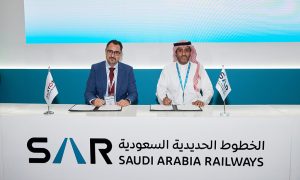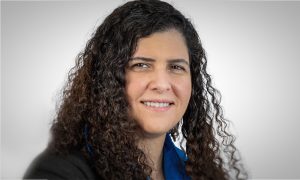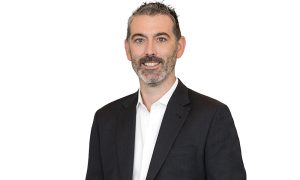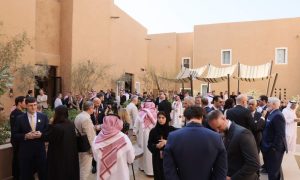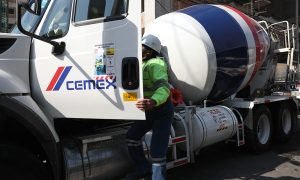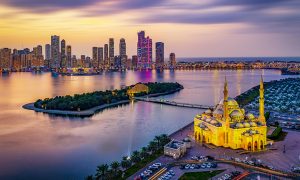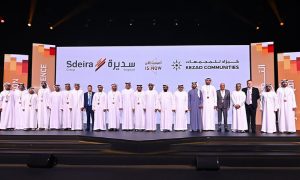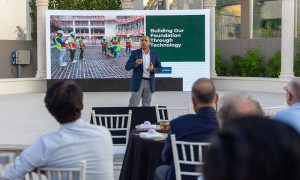GCC aluminium industry to grow 12%
Market demand in KSA and Qatar to drive unprecedented growth
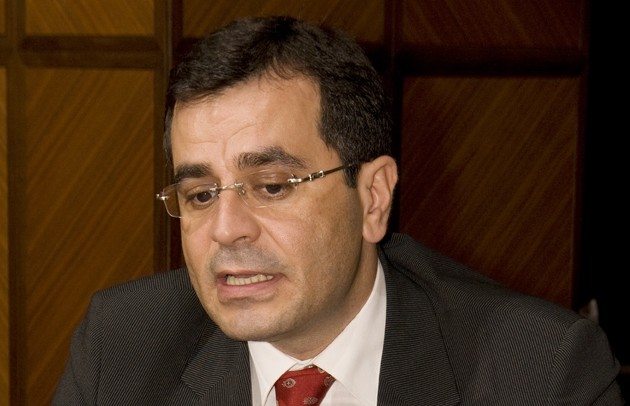
RELATED ARTICLES: ALBA boosts performance with potline upgrade | EMAL boosts smelter power capacity | EMAL raises $4bn for Phase II expansion
The GCC aluminium industry is to witness growth of 10-12 % by 2015 on the back of a string of mega projects across Qatar and Saudi Arabia; a growth never before seen in the region, according to Gulf Extrusions general manager, Modar Mohammed Al Mekdad.
Speaking exclusive to Big Project Middle East, Mekdad reported that the GCC’s primary production capacity will reach 5MT per year by 2015, making it the world’s aluminium production hub.
Combined with favourable energy prices, the growth will spur many producers to move into the region.
Commenting on the influence of increasing liquidity, commodity demand in Qatar and the focus on Saudi Arabia to establish an automotive industry, Mekdad predicted: “I expect the same boom will be shifted in a couple of years to Qatar and I foresee that in the coming three to four years, the market demand definitely will increase at least by 12-13% GCC wide.”
In preparation, Gulf Extrusions is currently setting up a new plant at Kizad, with Talex, that will be twice the size of the existing Jebel Ali facility and will double the firms production capacity. Additionally, it has recently established the United Metals Coating Company in Qatar, which is due to begin production in Q2 2013.
“With this $200m investment, this plant is a unique project globally for the extrusion industry. This is currently the largest aluminium project and biggest investment.
“Taweelah Aluminium Extrusion Company (Talex), will be shifting the extrusion industry in the region to a different level that will cater mainly to industrial sectors from automotive to electromechanical as well as machine parts. It’s very diversified production and beside the niche products there are architectural applications, too,” Mekdad added.
A site visit to Gulf Extrusions Jebel Ali plant will feature in November issue of Big Project Middle East

